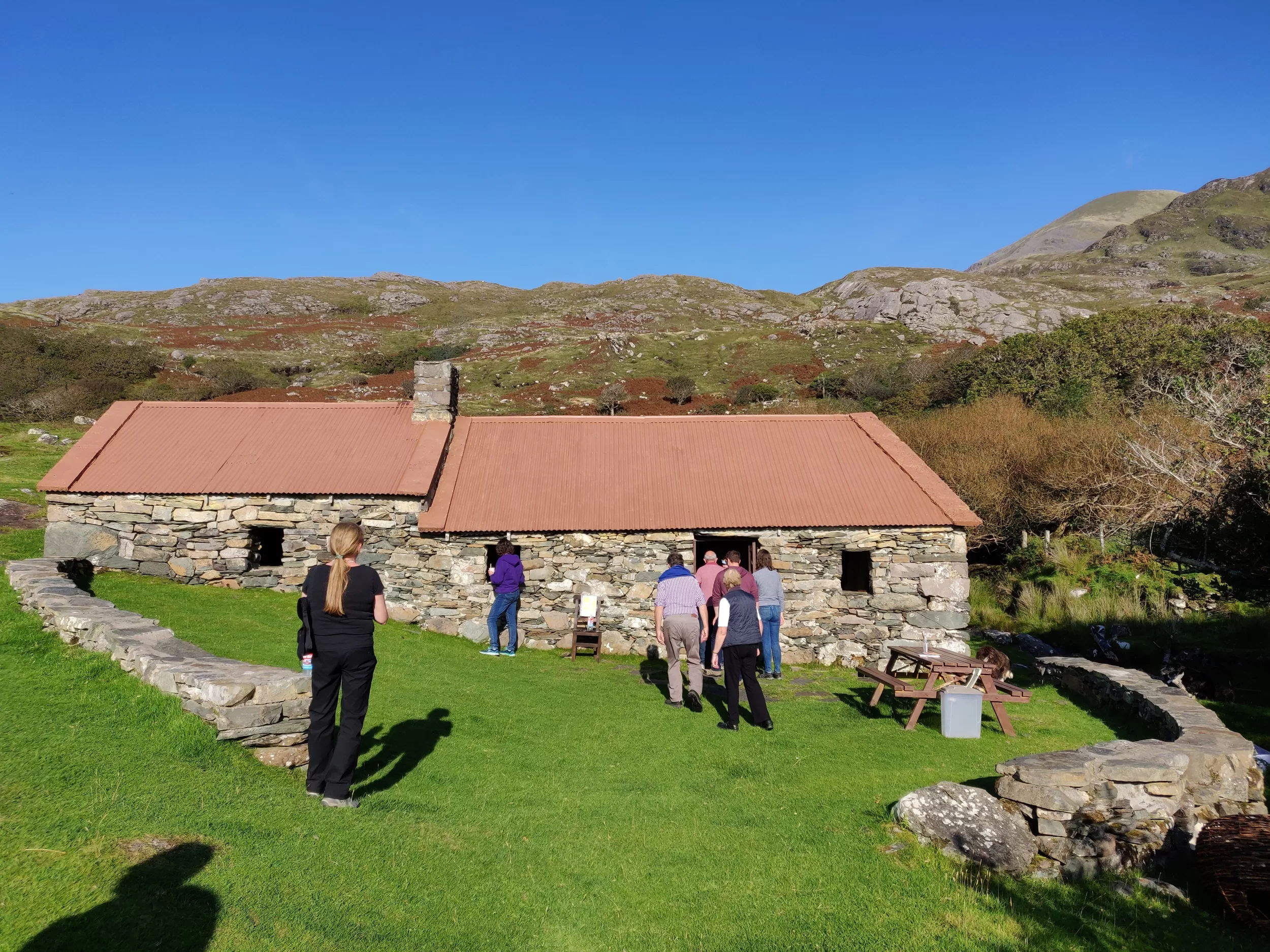The Irish are renowned storytellers. From Nobel prize winning literature to pub talk we are saturated in stories. We listen to talk radio more than other nations, we prefer ballads about daring deeds to sweet melodies and we greet each other by asking “What’s the story?” Stories help us to make sense of our world; they help us to define good and evil, they offer villains to hate and heroes to venerate, they allow us to promote the qualities we...

